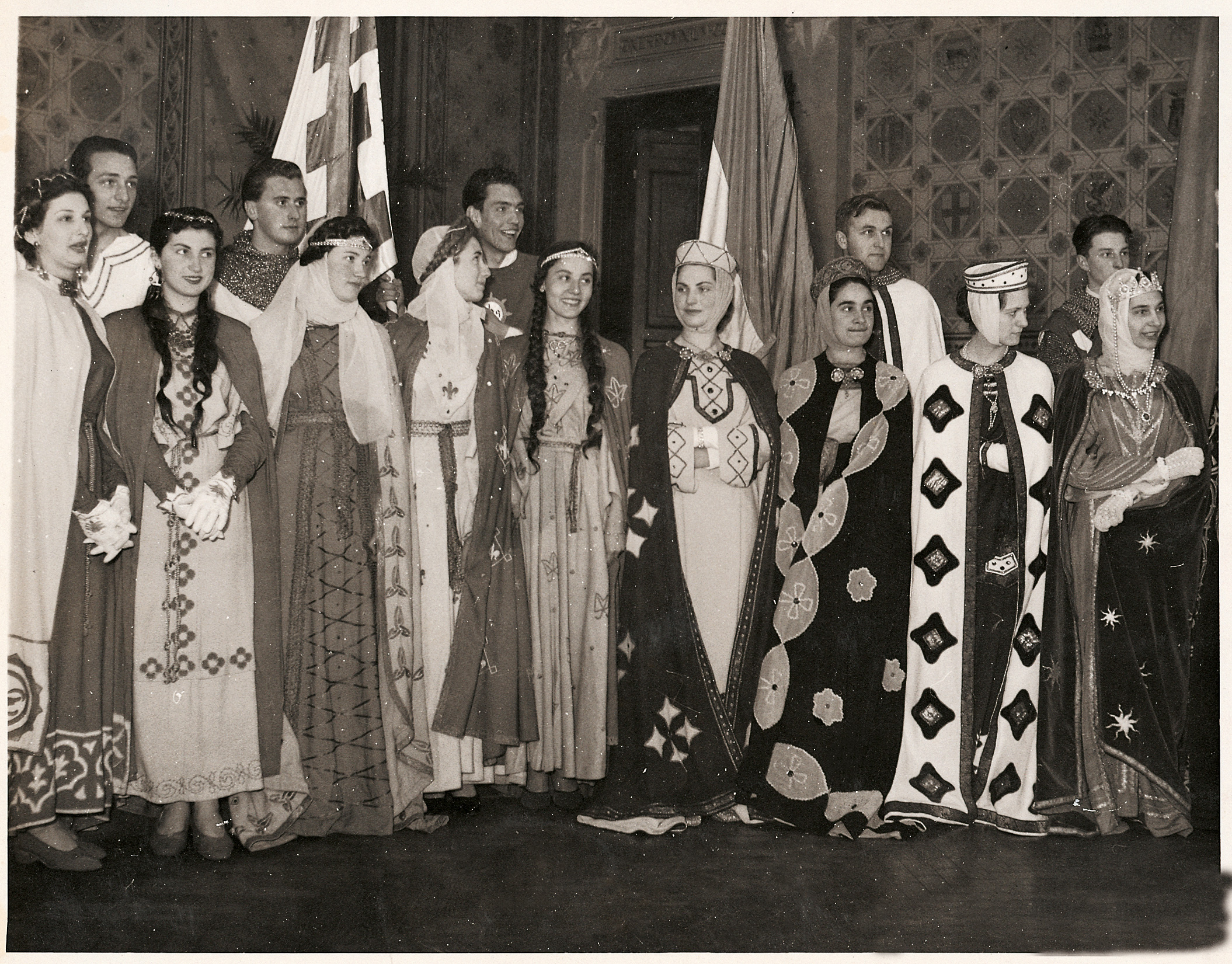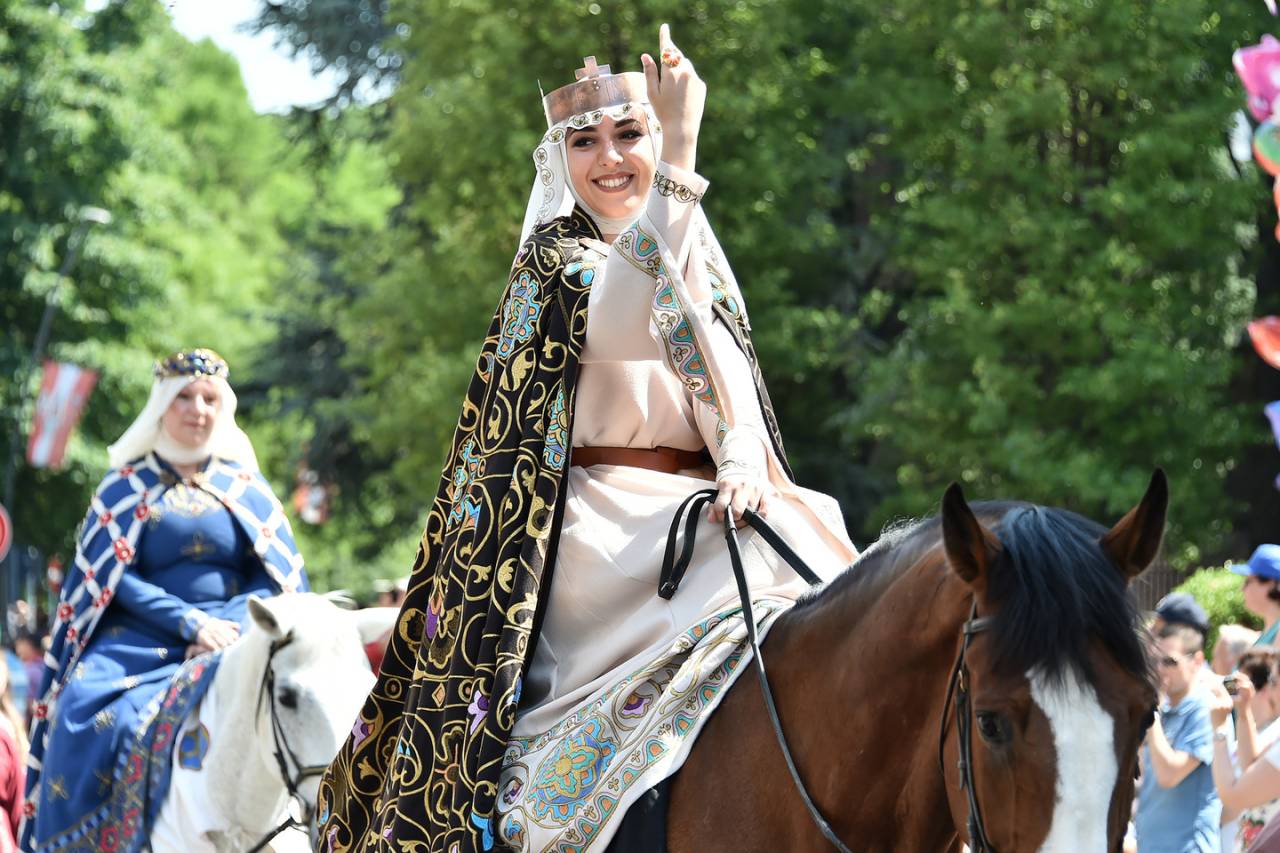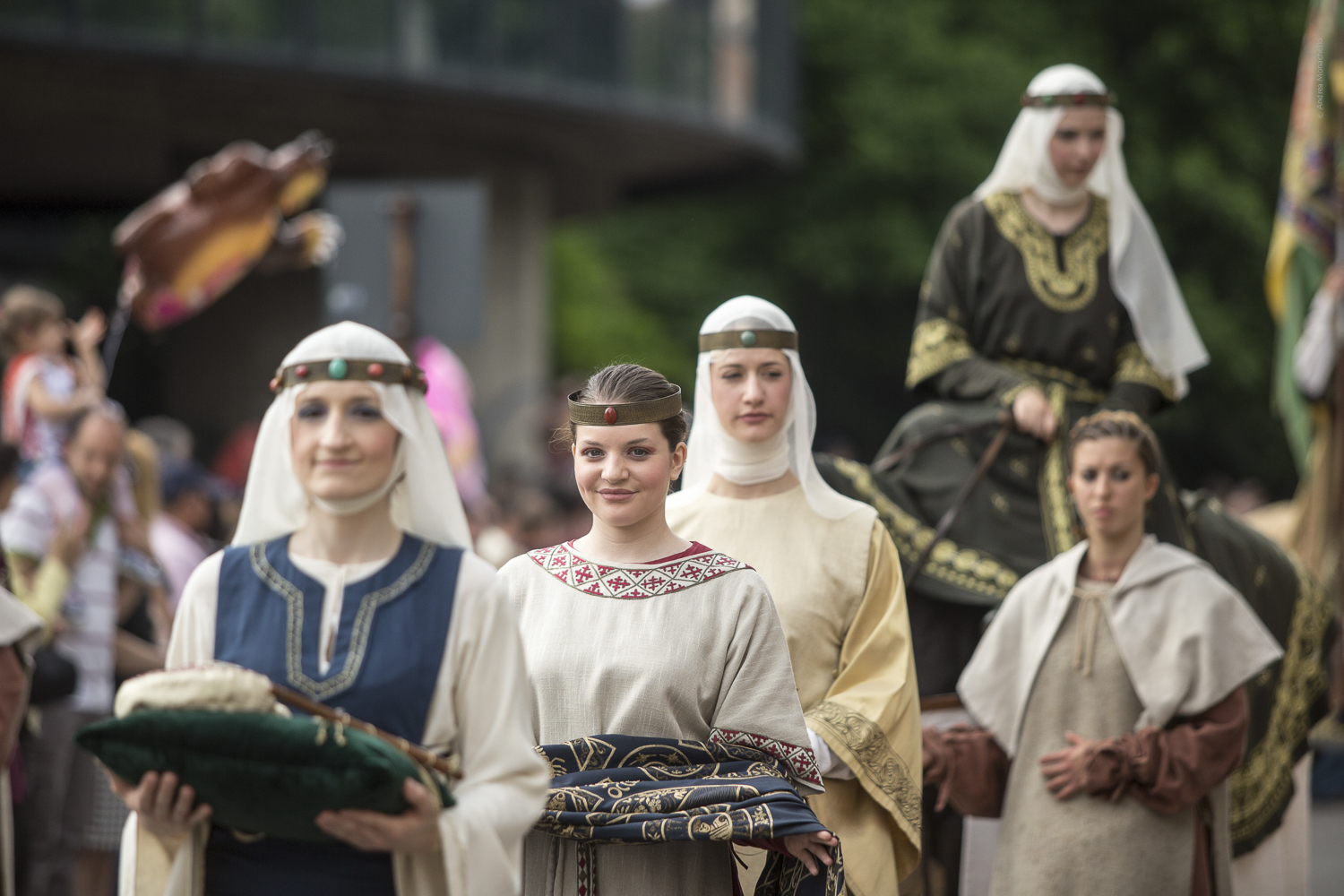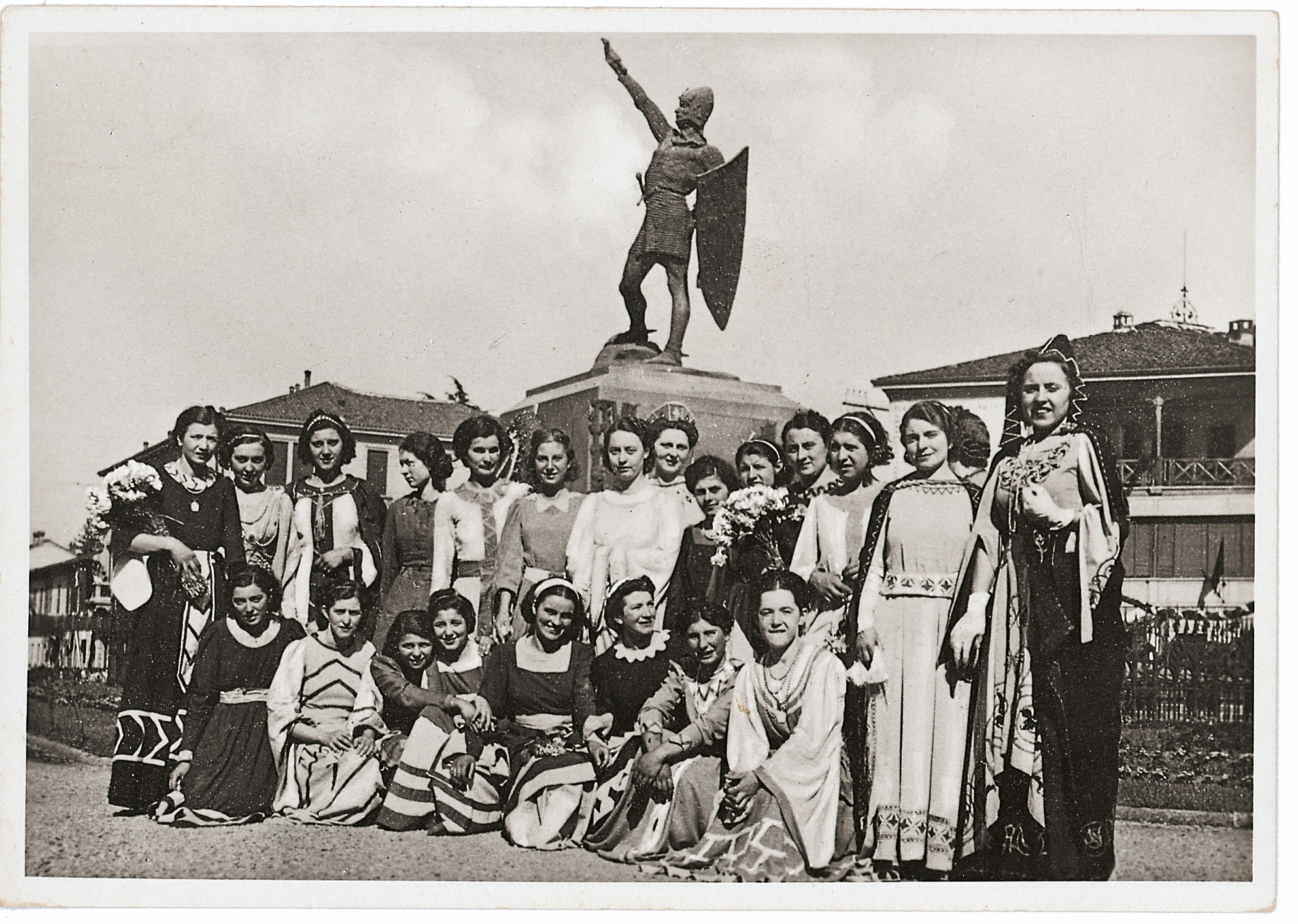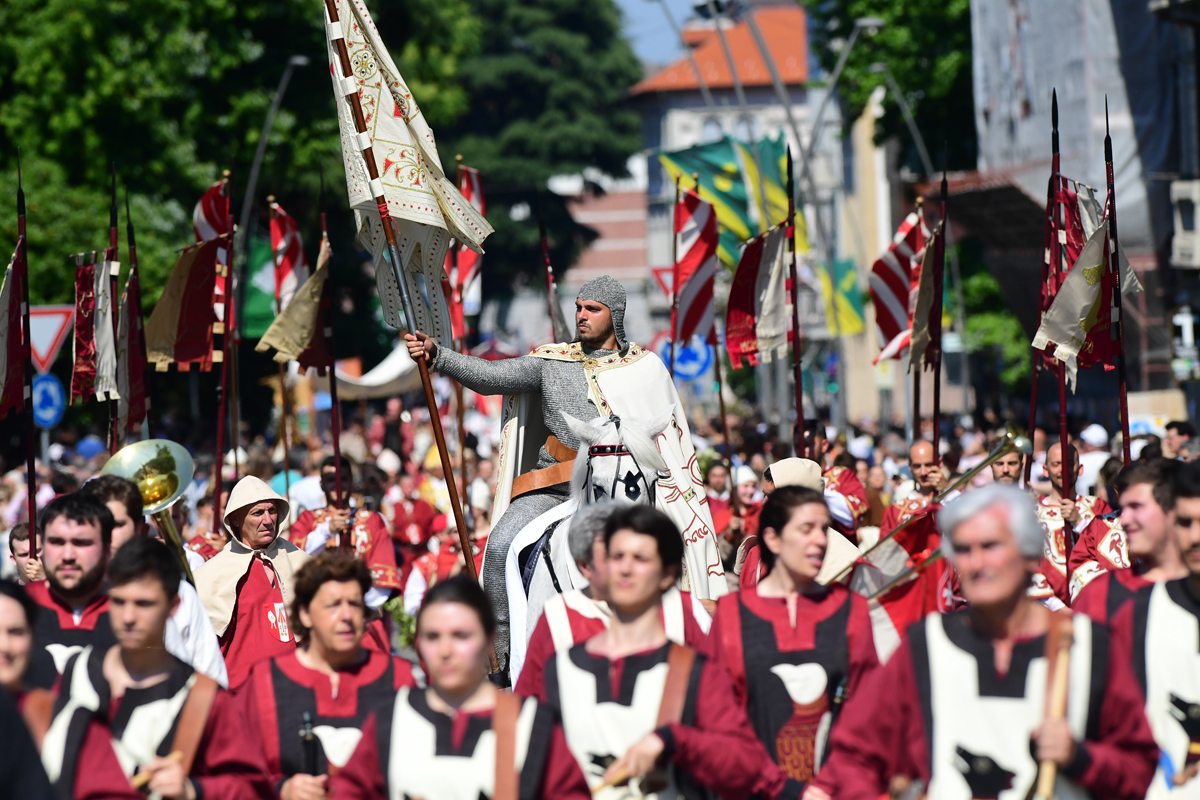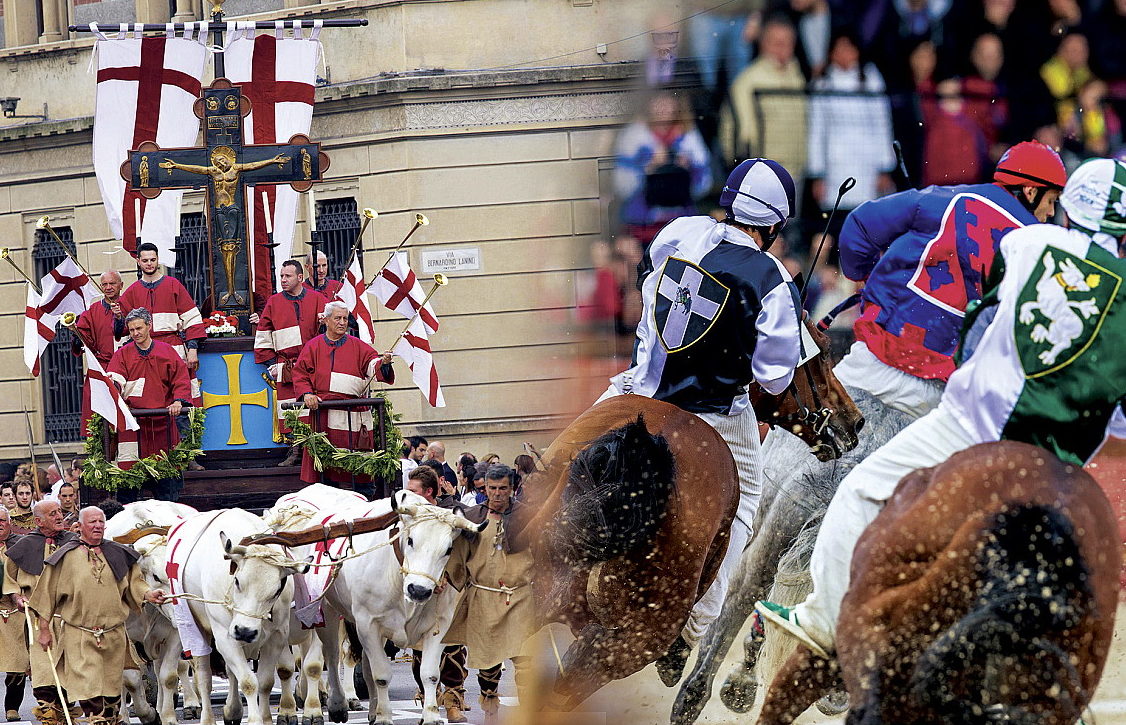
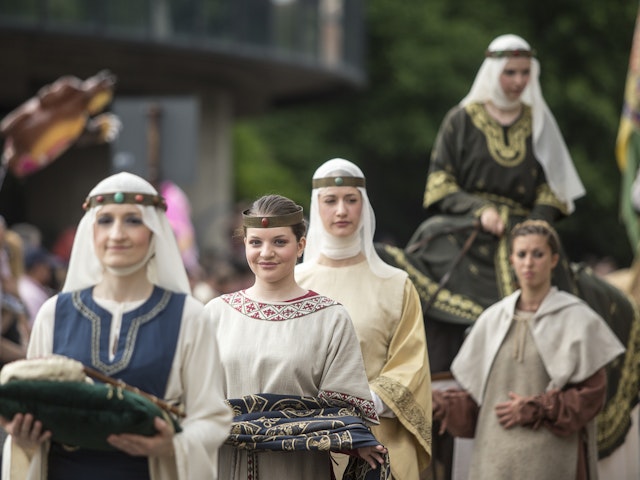
We are pleased to announce the birth of an important scientific collaboration between the Permanent Costume Commission and the Fondazione Arte della Seta Lisio of Florence.
The objective of the Permanent Costume Commission, established in 1992 as part of the Palio di Legnano, is to verify the historical and stylistic relevance of the costumes, weapons, footwear, as well as the accessories and jewellery that the Contrade use for the historical parade and ritual ceremonies.
Since its creation, the Commission, the specific purpose of which is the promotion of meetings and initiatives aimed at increasing and deepening knowledge in this field, avails of the collaboration of history scholars and experts on the history of costume, textiles, jewellery and metals who are selected from among researchers and academics.
This year, at the proposal of the coordinator Prof. Alessio Francesco Palmieri-Marinoni, former teacher at the ‘Historic Tailoring and for the Performing Arts’ course, and thanks to an agreement signed recently, the Permanent Costume Commission will be availing of the valuable advice of experts and teachers from the Fondazione Arte della Seta Lisio of Florence.
"This collaboration”, explains the Grand Master of the Board of Captains and Contrade, Dr. Giuseppe La Rocca, “has been strongly pursued in order to make an additional instrument of growth available to the Palio di Legnano, on a pathway of in-depth analysis that has already given excellent results, visible to everyone at the historical parade at the end of May.
Many are the experts who over the years have given a significant contribution to the work of the Contrade of Legnano, which have thus been able to incorporate and accrue a wealth of knowledge, and therefore it is our belief that there are very few, perhaps no other historical manifestations that can boast of a similar project. I am sure that this new collaboration will make the Palio take a further step forwards and contribute to the growth of the whole city through the experience of the Contrade".
Paola Marabelli, director of the two-year course “Historical Tailoring and for the Performing Arts”, vice-president and scientific director of the Fondazione Arte della Seta Lisio, comments:
"The Lisio Foundation is pleased to start off on this journey with the Permanent Commission Costumes of the Palio of Legnano. Our experience in the field of historical-artistic studies has been developed in our School and Cultural Sector which deals with research and enhancement of the material and immaterial heritage of assets which, called on to testify to the Arts and life of groups of people and their traditions, must be protected and handed down. The commitment of the Fondazione will be to transmit skills and knowledge through its experts in order to develop greater knowledge of the creation of costumes and enhancement of the entire event".
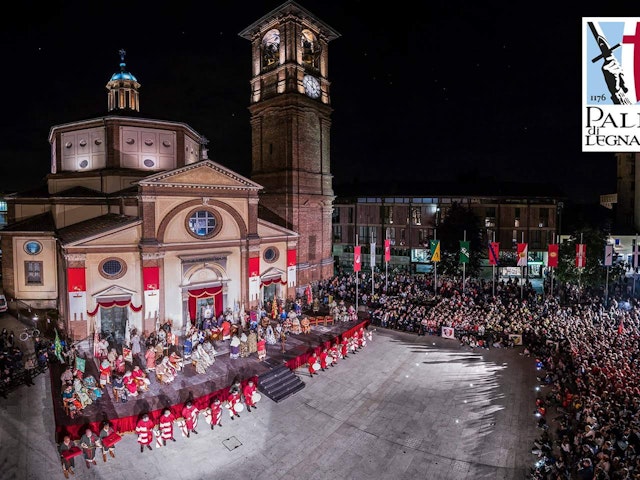
Palio di Legnano
The Palio di Legnano is a traditional festival held annually in Legnano since 1935 to commemorate the battle of the same name fought around the city on 29 May 1176 between the troops of the Lega Lombarda and the imperial army of Federico Barbarossa.
The territory of Legnano, an Italian municipality of the metropolitan city of Milan in Lombardy, is divided into eight historic contrade that compete, on the last Sunday in May, in a horse race that closes the festival.
Until 2005, the Palio di Legnano was called "Sagra del Carroccio", a name coined after its second edition in 1936. Since 1954 it has been officially included among the historical Italian events.
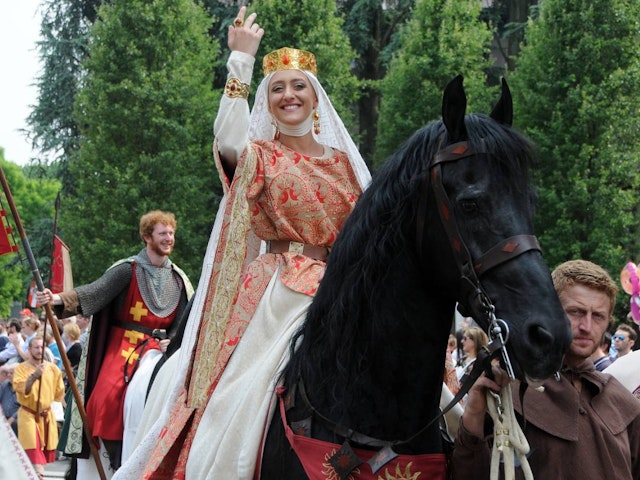
The Historical Parade
With approximately 1200 costumed participants, this is organised according to rules established by a special order. Each contrada, which can parade with a maximum of 110 characters and 16 horses, follows a specific medieval theme: e.g. war; courtiers, strength and work; nobility and the clergy; music and dance; games and people; triumph after seizing weapons; astrology and hunting.
Depending on the themes, each district produces sketches of the costumes and accessories to be worn by its participants which must be approved by the Costume Commission specifically constituted and composed of a pool of history and medieval costume enthusiasts coordinated by a nationally renowned expert who also avails of the collaboration of specialised Institutes and Universities. The commission guarantees the philological correctness of the selection of costumes and figures represented.
The proposed costumes, after receiving the go-ahead from the Commission, are produced in special artisan workshops and subjected to an additional inspection by the Commission in May.
Costumes, jewellery or ornaments that fail to comply with the requirements are not authorised to participate in the parade.
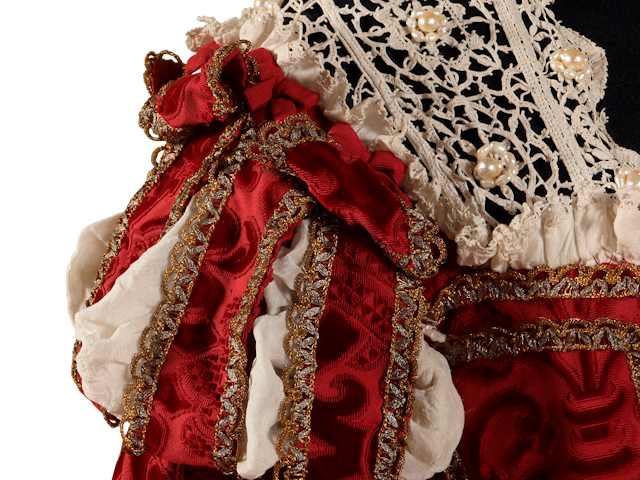
Apropos tailoring skills
Enrolments are now open for the two-year course on "Historical Tailoring and for the Performing Arts" to train professionals capable of reconstructing clothes and accessories in compliance with historical periods - from antiquity to contemporary, fantasy and comics - intended to represent a theatrical, cinematographic, philological or fantastical re-enactment subject.
The deadline for enrolments for the academic years 2020-2022 is 31 July 2020. Classes are scheduled to start on 21 September 2020.
